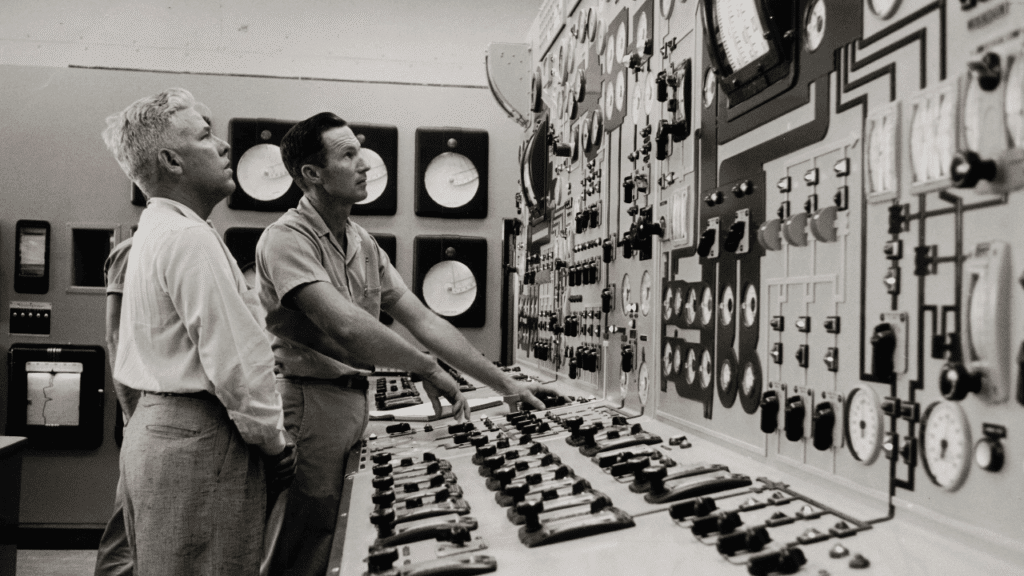Evolution of the Dania Beach Clean Energy Center: A Century of Powering South Florida
Introduction
A century after its founding, Florida Power & Light Company (FPL) continues to shine through its pioneering power plant, the Dania Beach Clean Energy Center. Situated just west of the Intracoastal in Dania Beach, this facility is not merely a relic of the past but a dynamic contributor to the modern energy landscape, pivotal to the thriving economy of South Florida.
The Transformation Journey
Historical Significance
- **## Evolution of the Dania Beach Clean Energy Center: A Century of Powering South Florida
Introduction
A century after its foundation, Florida Power & Light Company (FPL) continues to shine through its pioneering power plant, the Dania Beach Clean Energy Center. Situated just west of the Intracoastal in Dania Beach, this facility is not merely a relic of the past but a dynamic contributor to the modern energy landscape, pivotal to the thriving economy of South Florida.
Historical Significance
- Opened in 1927: The Dania Beach Clean Energy Center represents over 95 years of energy service.
- Initial Capacity: Launched as a local utility with the ability to power just 110,000 homes.
- Current Capacity: Now supports approximately 720,000 homes and businesses, showcasing remarkable growth.
Major Upgrades and Innovations
Key Transformations
Over the decades, the facility has undergone four major upgrades aimed at increasing efficiency, reducing emissions, and meeting the rising energy demands of a growing population.
- 1990s Revamp:
- Demolished 24 outdated generating units and replaced them with five advanced turbines, achieving the same energy output of 1,200 megawatts.
- This initiative marked the largest gas turbine repowering project in the U.S., emphasizing FPL’s commitment to innovation.
Recent Enhancements
- 2018 Modernization: The plant was equipped with state-of-the-art systems designed to generate more energy with lesser fuel, significantly cutting emissions—aligning with FPL’s goals for sustainability.
Economic Impact
Cost Efficiency
- FPL’s continuous upgrades have led to substantial customer savings, amounting to over $16 billion since 2001, with $860 million saved in 2023 alone.
- Current energy rates are approximately 25% below the national average, providing Florida businesses a competitive edge in operating costs.
Community Development
The presence of the Dania Beach facility has brought numerous economic benefits, including:
- Job Creation: Sustained employment opportunities for locals.
- Infrastructure Investments: Financial support for community projects such as neighborhood murals, new playgrounds, and small business initiatives through local partnerships.
Symbol of Resilience
While the economic utility of the plant is undeniable, its most enduring role may be symbolic. In a region characterized by constant change and development, the Dania Beach Clean Energy Center stands out as a testament to long-term infrastructure planning—an asset built to last and adapt.
“It’s easy to overlook what’s working when you’re focused on what’s next,” notes a longtime local official. “But this facility has been part of our economic engine for decades. And it’s still evolving.”
Looking Ahead: FPL’s Future
As FPL approaches its centennial in 2025, it’s preparing to embark on a chapter marked by significant investments in solar energy, battery storage, and grid modernization. The Dania Beach facility continues to be a foundational piece of this evolving puzzle, demonstrating resilience and a commitment to meet the future energy needs of South Florida.
Conclusion
In a rapidly growing region like South Florida, the ability to adapt and innovate is vital. The Dania Beach Clean Energy Center exemplifies this resilience, proving that a legacy facility can successfully contribute to the future while honoring its storied past.
For more information on Florida Power & Light Company’s initiatives, visit FPL’s website.
By focusing on the evolution and impact of the Dania Beach Clean Energy Center, this article highlights how historical facilities can play an essential role in modern energy systems and local economies.


